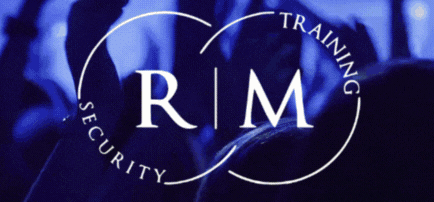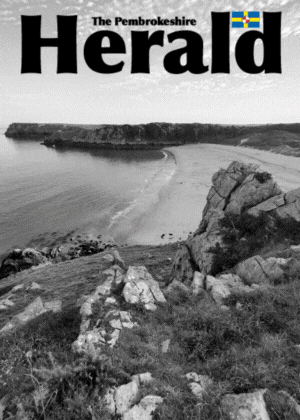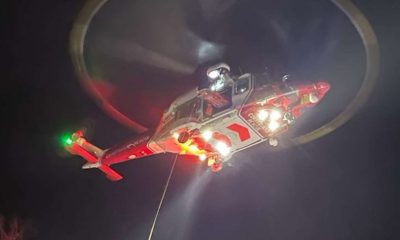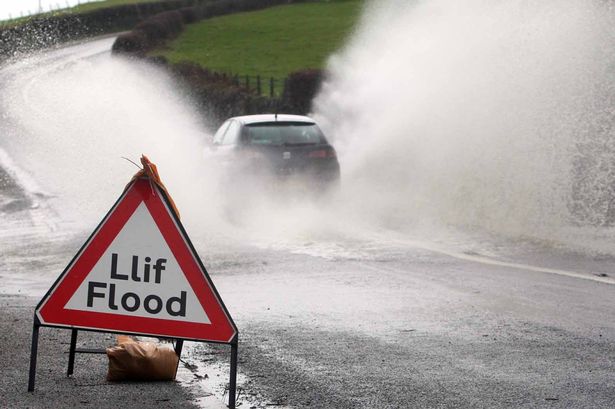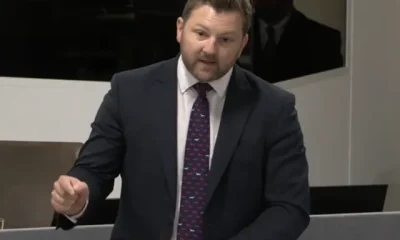Farming
The badger vaccination programme: Is it working?
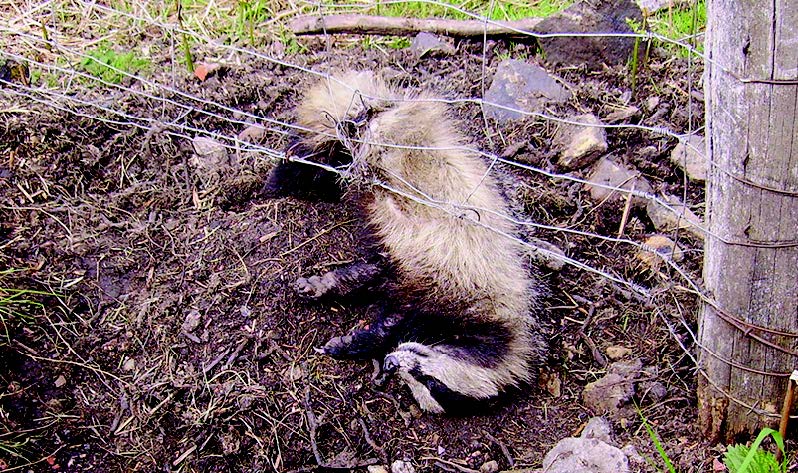

Caught in a trap: An illegally snared badger
THE WELSH GOVERNMENT issued a press release last week hailing its success in delivering 5,000 vaccinations against Bovine TB (bTB) in the Intensive Action Area against the disease in North Pembrokeshire, South Ceredigion, and North-West Carmarthenshire.
The press release read: ‘More than 5,000 doses of badger vaccination have been administered to animals inside the Intensive Action Area (IAA) in West Wales over the past four years. We are now half way through the fourth year of the Welsh Government’s five-year badger vaccination project in parts of Pembrokeshire, Carmarthenshire and Ceredigion, which forms part of a wider programme of work to eradicate TB from cattle in Wales.
‘The Deputy Minister for Farming and Food, Rebecca Evans, said: “Since 2010 we have introduced a number of additional measures in the IAA because it was identified as having some of the highest rates of incidence of TB in Europe.
“We are now half way through 2015’s round of the vaccination project and provisional results indicate we have successfully delivered over 5,000 doses of the vaccine in the IAA across the four years”.’
The statistics accompanying the summary were released at the same time.
The Herald delved into the data to establish what it told us about bTB rates and the effectiveness of the vaccination programme.
The history of bTB control
It is 55 years since the whole of the UK became attested on October 1, 1960. Each cattle herd was certified as being subject to regular tuberculin testing with immediate slaughter of any reactors. Progress was maintained throughout the 1960s and 1970s.
The ‘clean ring strategy’ was a badger culling strategy introduced in 1982. It involved cage trapping badgers on land occupied by affected cattle herds, then on adjoining land, expanding outwards until no further infected animals were captured. It was abandoned in 1986 as being non cost-effective.
Between 1986 and 1997, the UK Government pursued a strategy in which badgers were cage-trapped and shot. However, the strategy was only piecemeal, largely because of pressure from animal charities and single-issue pressure groups that meant that only badgers on land occupied by the affected herd would be culled.
Bearing in mind current claims that culling badgers is ineffective because of the proposition that badgers would simply leave the culling area to go to a neighbouring area, the methodology adopted between 1986 and 1997 in order to prevent wider scale slaughter of badgers appears both flawed and naïve: a strategy doomed to fail, and predictably so.
Culling in other countries
In New Zealand the success of culling the principal vector for the disease, the possum, has been markedly successful.
In 1990 the proportion of TB in cattle was about 7 times greater than it was in Great Britain. However in 1997 the proportions were about equal. By 2011, the proportion in New Zealand is about 40 times less than what it is in Great Britain.
Since the early nineties, control of the principal wildlife vector, the possum has increased whilst in Great Britain since 1986 control of the principal wildlife vector, the badger, has reduced.
The method of culling in Ireland relies on the use of snares and the subsequent shooting of trapped badgers. That method, widely condemned as cruel, is expressly forbidden in the UK. The effectiveness of the range of bTB measures – including culling – adopted in Ireland has driven rates of bTB infection in herds to their lowest ever level.
Bovine TB figures have, however, also fallen in Northern Ireland, were no licensed culling has taken place. That fact has been alighted upon by those opposed to a cull as evidence of the ineffectiveness of shooting badgers in order to control bTB. However, bTB rates are still substantially higher in Northern Ireland than in the Republic of Ireland: in 2013 6.4 per cent of cattle herds tested positive in Northern Ireland compared to 3.8 per cent south of the border.
As might be ruefully observed, the validity of statistical evidence and the science deployed by those on either side of the culling debate is likely to remain subjective and views remain entrenched. Wildlife and animal charities will continue to deride culling, while those who deal with the personal and economic fallout of bTB will favour it.
The Welsh decision
It was against the background of apparent comparative success of culling in other countries that the Welsh Government decided to begin a five year vaccination trial in West Wales and worth recalling that the Welsh Government embarked upon a vaccination programme as very much a second preference.
In 2012, Welsh Labour abandoned a previous policy, formed in coalition with Plaid Cymru, which supported a badger cull and decided to pursue a policy of vaccination. In doing so, it was criticised by the then Chair of the British Veterinary Association for ignoring scientific evidence supporting a cull and accused of ‘cowardice’ in the face of a celebrity-backed campaign against the cull and pressure from animal charities.
The decision not to proceed was described as a betrayal of farmers whose herds remain affected by the reservoir of bTB in the wild badger population.
But what, it is fair to ask, is the Welsh Government’s ‘Plan B’?
What if the data suggests that vaccination is no more effective than doing nothing?
A farmer’s experience
The Herald spoke to one farmer, who provided his observations on life in the IAA on condition of strict anonymity.
The farmer told us: “My dairy herd has suffered from bTB for 12 years. In 2012, badgers began to be vaccinated in the area, along with strict cattle control.
“I, like many farmers find this to be a costly exercise which doesn’t reach the root of the problem, the over population of badgers in the area.
“The stricter cattle controls and improved biosecurity measures also brought in in the IAA looks to move the blame of bTB onto the farmers, which is unfair.
“Because of the desperation I face with losing cattle to slaughter because of bTB and falling milk prices, I am left with no alternative but to shoot badgers which are on my land. “This is a population control measure and I take no pleasure in the culling of an animal. It’s either the badger or my cattle, and for the sake of my family and my income, it’s the badger.”
Data and dates During the vaccination programme the absolute incidence of bTB has fallen markedly, with numbers of affected cattle falling. One key piece of data is not encouraging when it comes to weighing the effectiveness of the vaccination programme. In the period immediately preceding the vaccination programme the incidence bTB had fallen even more sharply.
Bovine TB cases had climbed sharply over the years to 2008/09, topping out at 29% per hundred head of cattle in the IAA that year. The rate of detected infection in the last full year in the most recent Welsh Government report (2014/15) shows that infection rates remain above where they were in 2006/2007, when they were at around 16% and that in the current control area was 8%.
After an initial increase in incidence following the introduction of interventions in the IAA, incidence has been decreasing since 2011/12. Incidence has also decreased in the Control Area (CA) in the last year, halving from 12 % to 6 %. In 2013/14, there were three times as many new bTB incidents per 100 unrestricted herds in the IAA (18 %) than in the CA (6 %,).
That means that the gap in the incidence of positive tests in the control area, where no vaccinations have been trialled, and the Intensive Action Area where they have has widened over the course of the vaccination programme. From the start of the IAA in 2010/11, and historically judging by the Welsh Government’s own data, the ratio had been around two to one. While one would expect the gap to narrow if vaccination were more effective that not vaccinating, the gap between the incidence in the IAA and the control area has widened.
We asked the Welsh Government about the issue the above analysis presented. A Welsh Government spokesperson said, “The downward trend in levels of bovine TB in the Intensive Action Area is encouraging and is broadly in line with the trend seen in other parts of Wales. We know that it may take years to fully see the benefits of some of our additional measures in the area, which includes six monthly testing and badger vaccination. Therefore it is too soon to draw any conclusions on the effectiveness of the measures in the IAA.”
Farming
Basic Payment Scheme 2025 balance paid to 95% of Welsh farmers
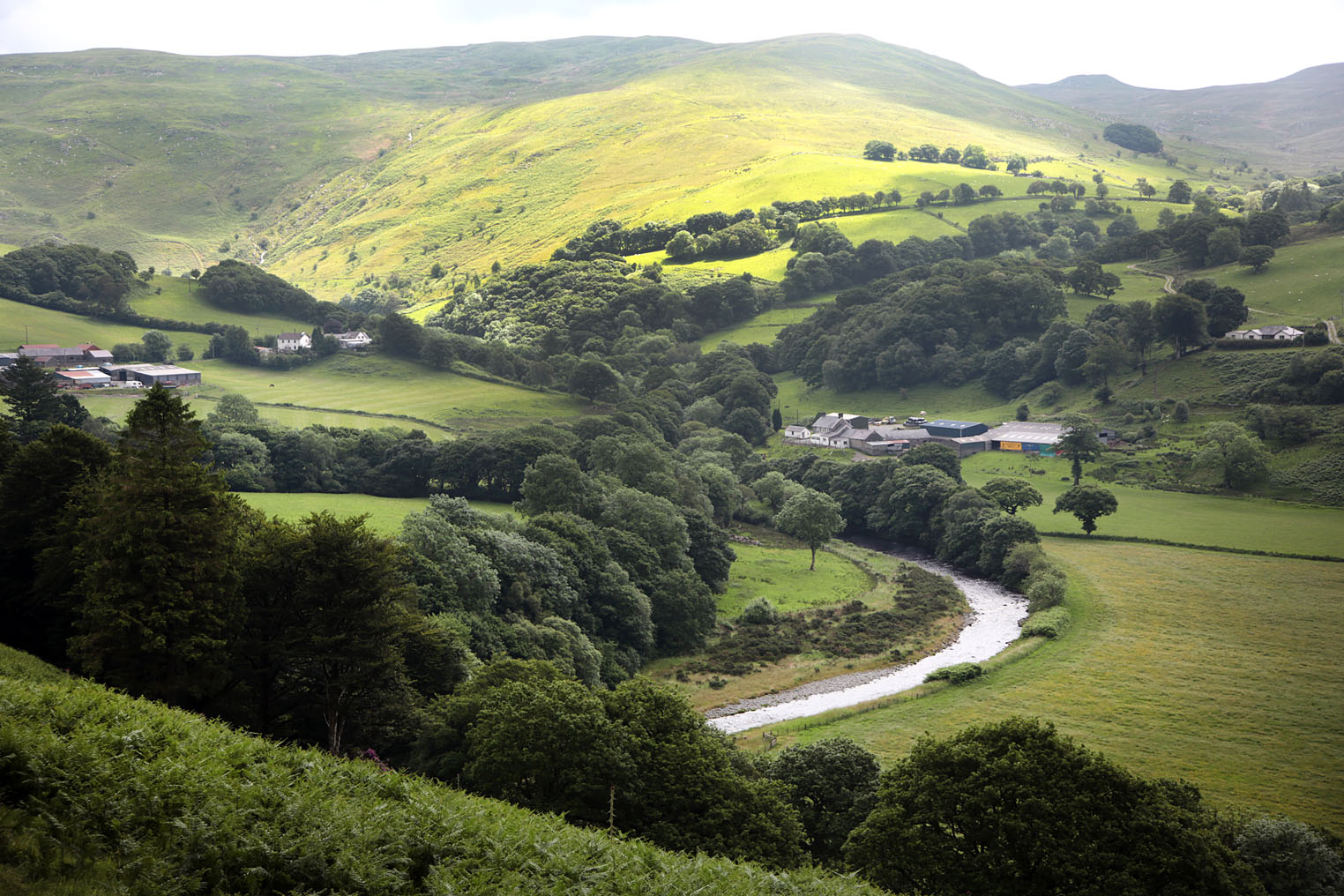
Final year of BPS as transition to Sustainable Farming Scheme begins
The WELSH Government says more than ninety-five per cent of farm businesses have now received their full or balance payment under the final year of the Basic Payment Scheme (BPS), ahead of the introduction of the new Sustainable Farming Scheme (SFS) in 2026.
Announcing the update on Friday (Dec 12), Deputy First Minister and Cabinet Secretary for Climate Change and Rural Affairs, Huw Irranca-Davies, confirmed that over 15,400 Welsh farm businesses have been paid £68.7m. This comes on top of the £160m issued in BPS advance payments since 14 October.
Final round of BPS payments
The Basic Payment Scheme, which has been the backbone of farm support in Wales for a decade, provides direct income support to help farmers plan and manage their businesses. BPS 2025 marks the last year in which full BPS payments will be made before the scheme begins to be phased out.
The Cabinet Secretary said officials would “continue to process the outstanding BPS 2025 claims as soon as possible,” adding that all but the most complex cases should be completed by 30 June 2026.
Payments issued today represent the main balance due to farmers following earlier advances, giving many businesses the cash flow they need during the quieter winter period—traditionally a challenging time in the agricultural calendar.
Shift to Sustainable Farming Scheme in 2026
From 1 January 2026, the Welsh Government will begin rolling out the Sustainable Farming Scheme, a major reform to how agricultural support is delivered. The SFS will reward farmers for environmental outcomes such as habitat management, carbon reduction and biodiversity improvements, alongside continued food production.
The government has argued that the new scheme is essential to meeting Wales’ climate and nature targets while ensuring long-term resilience in the sector. However, the transition has been closely watched by farming unions, who have raised concerns about the administrative burden, income stability, and the speed at which BPS is being phased out.
Mr Irranca-Davies reaffirmed the government’s stance, saying: “This government is steadfastly committed to supporting Welsh farmers to sustainably produce quality food. This is demonstrated today in our payment of the BPS 2025 balance payments and will continue throughout the transition period.”
Sector reaction
Farming unions are expected to scrutinise the detail of today’s announcement, particularly around remaining unpaid cases. Last year, late payments led to frustration in parts of the sector, with unions calling for greater certainty as the industry faces rising input costs, supply chain pressures and continued market volatility.
The move to the SFS remains one of the most significant agricultural policy changes in Wales since devolution. Ministers insist the shift is designed to support both food production and environmental stewardship, while critics warn the transition must not undermine farm viability—especially for family-run livestock farms that dominate rural areas such as Pembrokeshire, Ceredigion and Carmarthenshire.
What happens next
Farmers still awaiting their BPS 2025 balance will continue to be processed “as soon as possible”, the Welsh Government said. Officials will also publish updated guidance on the Sustainable Farming Scheme ahead of its launch.
The coming year will therefore become a pivotal moment for Welsh agriculture, as the long-standing BPS framework—which provided over £200m annually to Welsh farmers—makes way for a new results-based model that will shape the industry for decades to come.
Community
Wolfscastle farm’s new shed sparked ‘noise nuisance’ claims

A PEMBROKESHIRE farmer “jumped the gun” in his enthusiasm to build a new cattle shed which includes ‘robot slurry scrapers’ that have been causing a noise nuisance for neighbours, county planners heard.
In a retrospective application recommended for approval at the December meeting of Pembrokeshire County Council’s planning committee, Aled Jenkins sought permission for a replacement cattle housing and silage clamp at Upper Ty Rhos, Wolfscastle.
An officer report said Upper Ty Rhos consists of a herd of 630 youngstock beef cattle, the applicant seeking permission for the replacement 100-metre-long cattle housing building.
It said the building benefits from a robotic scraping system to internally clean it to improve animal welfare and efficiency.
However, the slurry scraper system in operation has been found to constitute a statutory noise nuisance.
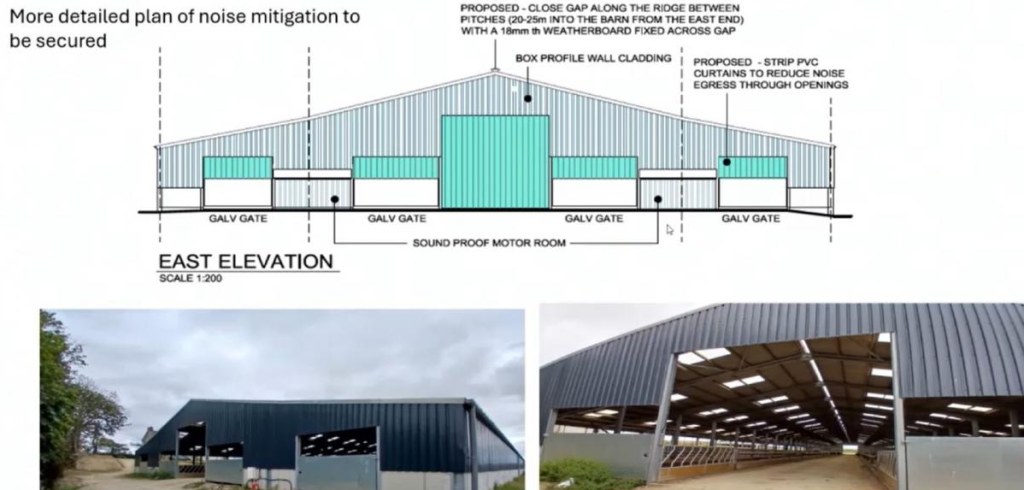
“The introduction of the slurry scraper system has resulted in a new noise source to the locality that is having a significant detrimental impact upon local amenity. The nuisance noise is directly associated with the extended hours of operation of the slurry scraper system and the noise created by the two motors powering the system including the drive mechanism that moves the scraper through the building to remove slurry produced by the housed cattle.
“To further exacerbate the situation, the building has open voids to the eastern gable end, which is within close proximity to the neighbouring property resulting in the building being acoustically weak.
“An acoustic report has been submitted with mitigation methods provided including relocating motors and associated equipment into external enclosures, reduction of noise egress through openings by installing hit-and-miss louvres and/or PVC strip curtains and consideration of blocking the gap between roof pitches along the ridge of the building.”
Three letters of concern were received from members of the public raising concerns including visual and environmental impact, noise issues and a potential for the herd size to increase.
Speaking at the meeting, neighbour Dr Andrew Williams, who stressed he was not seeking to have the shed removed, raised concerns about the noise from the ‘robot scrapers,’ exacerbated by cattle being concentrated in the immediate area from the wider farm complex.
Agent Wyn Harries addressed concerns about the retrospective nature was a result of over-enthusiasm by his client who “jumped the gun”.
He said there was now a scheme that was “fully worked through,” dealing with noise and other issues.
Members backed approval, which includes noise mitigation to address the impact of the robot scrapers; one member, Cllr Tony Wilcox, abstaining on the grounds of the retrospective native of the building “the size of a football field”.
Farming
FUW urges government action as plunging dairy prices threaten family farms
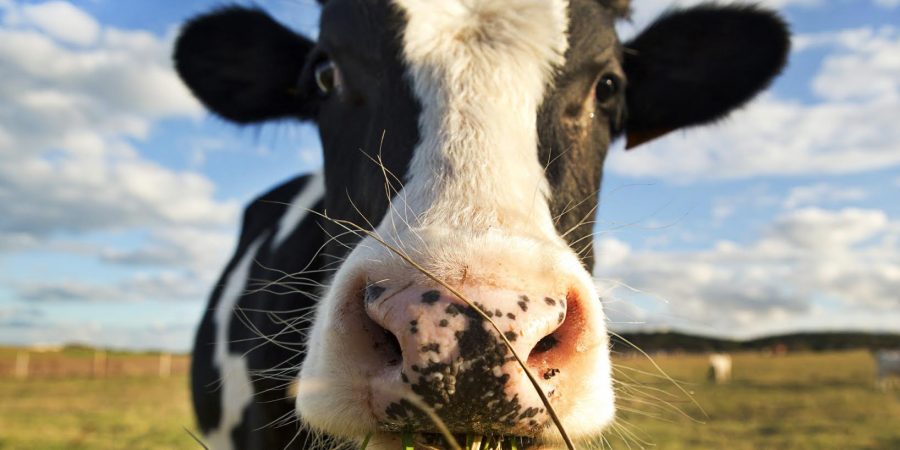
THE FARMER’s UNION OF WALES has sounded the alarm over a sharp and sustained collapse in dairy prices, warning that the situation is placing intolerable pressure on family farms already grappling with regulatory change, rising costs and wider economic uncertainty.
The Union convened an emergency meeting of its Animal Health and Dairy Committee last week to assess the scale of the crisis. Representatives from across Wales reported widespread anxiety, with many members seeing milk prices fall dramatically through the autumn. Processors are now signalling further cuts in early 2026, while commodity markets offer little sign of stability heading into spring.
Farmers, fearful of jeopardising commercial relationships, have approached the FUW confidentially to express grave concern about projected milk payments for the coming months. Many say the offers being made will fall far below the cost of production.
Average milk prices are forecast at just 30–35 pence per litre, against estimated production costs of 39–44 pence per litre (Kite Consulting). On current trajectories, the FUW warns a typical Welsh dairy farm could lose thousands of pounds per month for as long as the downturn persists.
Following its committee meeting, the Union raised the matter directly with Deputy First Minister Huw Irranca-Davies MS during talks in Cardiff on Wednesday, December 3. Officials stressed the immediate threat facing family-run dairy farms and called for urgent consideration of government support to prevent long-term damage to the sector.
Gerwyn Williams, Chair of the FUW Animal Health and Dairy Committee, said the pace of the price crash was “unprecedented”.
“Farmers are facing an impossible situation where input costs remain high while the value of their product plummets. The viability of many family farms is now at serious risk. We need immediate assurances that this crisis is being treated with the urgency it deserves.
“Some can weather a short storm, but rumours that this could continue into summer 2026 will see businesses shut. These modest family farms have already invested heavily to meet regulatory requirements. Cuts on this scale will severely impact their ability to service repayments.”
FUW Deputy President Dai Miles warned that the consequences extend far beyond farm gates.
“Dairy farming underpins thousands of jobs in Wales and is central to the economic, social and environmental fabric of rural communities. When prices fall this sharply, it isn’t just farmers who suffer — local businesses, services and entire communities feel the impact.
“We have made it clear to the Deputy First Minister that government must work with the industry to provide immediate stability and a long-term resilience plan.”
The FUW says it will continue to work with the Welsh Government, processors and supply-chain partners to seek solutions and secure fair, sustainable prices for producers.
-

 Crime6 days ago
Crime6 days agoPhillips found guilty of raping baby in “worst case” judge has ever dealt with
-
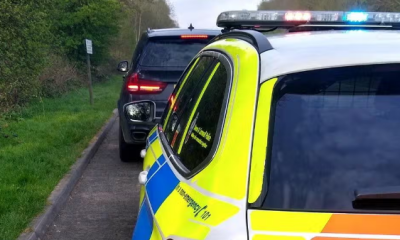
 Crime5 days ago
Crime5 days agoKilgetty scaffolder sentenced after driving with cocaine and in system
-

 Crime5 days ago
Crime5 days agoHousing site director sentenced after failing to provide breath sample following crash
-

 News1 day ago
News1 day agoDyfed-Powys Police launch major investigation after triple fatal crash
-

 Crime5 days ago
Crime5 days agoMotorist banned for three years after driving with cannabis in system
-

 Crime2 days ago
Crime2 days agoMan spared jail after baseball bat incident in Milford Haven
-

 Education4 days ago
Education4 days agoTeaching assistant struck off after asking pupil for photos of her body
-

 Crime5 days ago
Crime5 days agoMilford Haven pensioner denies exposure charges



